grinding steel balls
Grinding steel balls are essential components in various industrial applications, particularly in the grinding and milling processes used in mining, cement production, and other material processing industries. These balls are typically made from high-quality steel alloys, which provide the necessary hardness, wear resistance, and durability to withstand the rigorous conditions of grinding operations.The manufacturing process of grinding steel balls involves several critical steps to ensure their quality and performance. First, the raw materials, usually steel billets or bars, are selected based on their chemical composition and mechanical properties. These materials are then heated to a specific temperature in a furnace to make them malleable for forging. The heated steel is then shaped into spherical forms using precision forging techniques. This step is crucial as it determines the uniformity and structural integrity of the balls.After forging, the steel balls undergo a heat treatment process to enhance their hardness and toughness. This involves heating the balls to a high temperature and then rapidly cooling them through quenching. The heat treatment process is carefully controlled to achieve the desired metallurgical properties, ensuring that the balls can resist wear and deformation during use. Following heat treatment, the balls are tempered to relieve internal stresses and improve their overall durability.The next step in the manufacturing process is surface finishing. The steel balls are ground and polished to achieve a smooth, uniform surface, which reduces friction and wear during operation. This step also ensures that the balls meet the required dimensional tolerances and surface finish specifications. Advanced grinding and polishing techniques are employed to achieve the desired precision and quality.Quality control is a critical aspect of the production of grinding steel balls. Each batch of balls is subjected to rigorous testing to verify their hardness, impact resistance, and wear characteristics. Non-destructive testing methods, such as ultrasonic testing, are often used to detect any internal defects or inconsistencies. Additionally, the balls are inspected for dimensional accuracy and surface quality to ensure they meet the stringent standards required for industrial applications.Grinding steel balls are used in ball mills, which are cylindrical devices that rotate around a horizontal axis and are filled with the grinding media (the balls) and the material to be ground. As the mill rotates, the balls cascade and impact the material, breaking it down into smaller particles. The efficiency of this grinding process depends on the size, hardness, and density of the steel balls, as well as the speed of the mill and the properties of the material being ground.In summary, grinding steel balls are vital components in industrial grinding and milling operations. Their production involves precise forging, heat treatment, surface finishing, and rigorous quality control to ensure they meet the demanding requirements of various industries. These balls play a crucial role in the efficient processing of materials, contributing to the productivity and performance of grinding systems.
Products
Category:
No search results found!
News
Category:
No search results found!
Case
Category:
No search results found!
Video
Category:
No search results found!
Download
Category:
No search results found!
Job
Category:
No search results found!
Featured Products
No search results found!


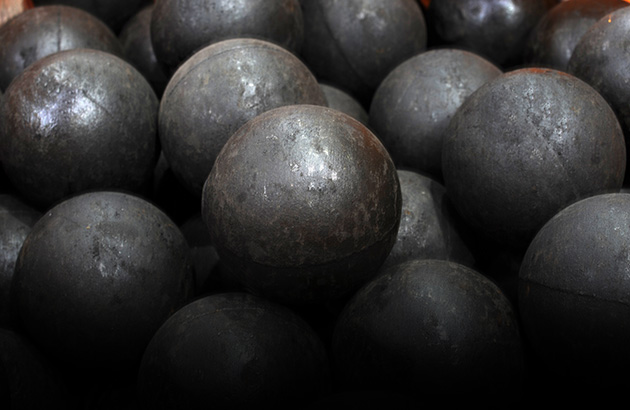
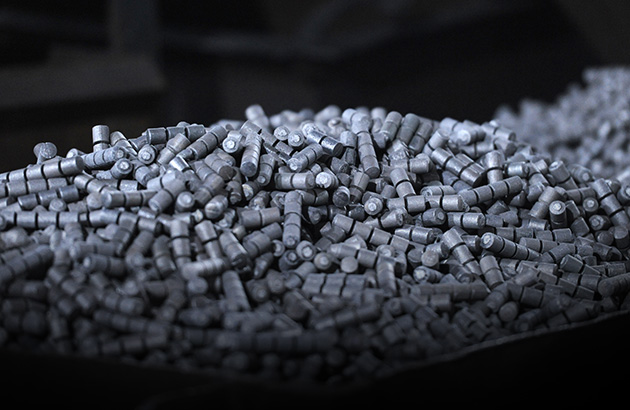
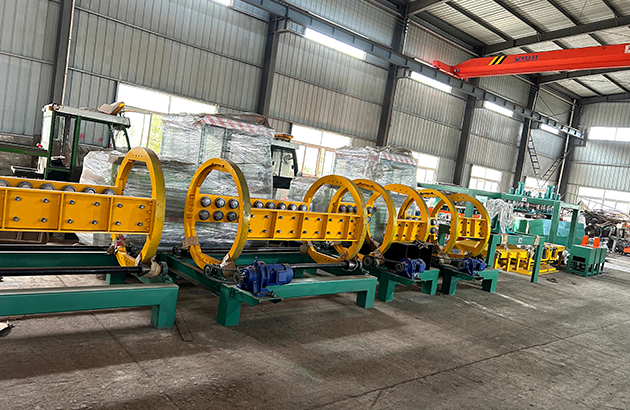

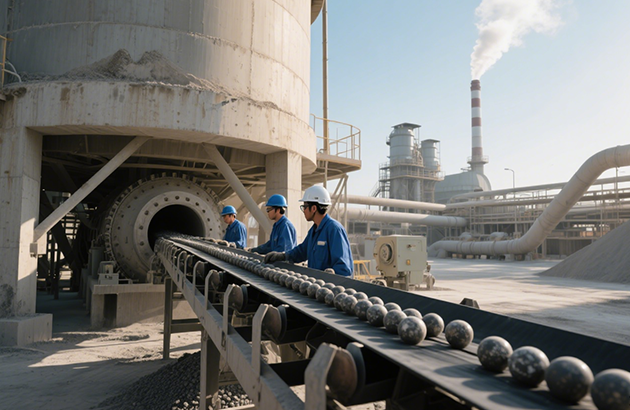
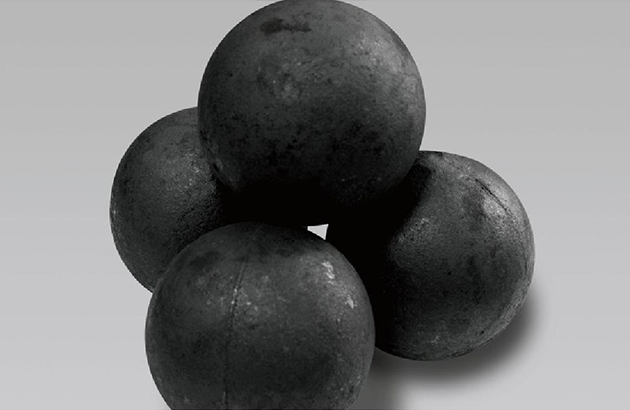
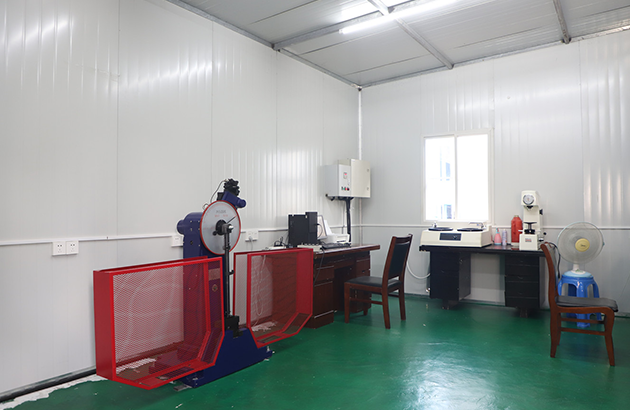

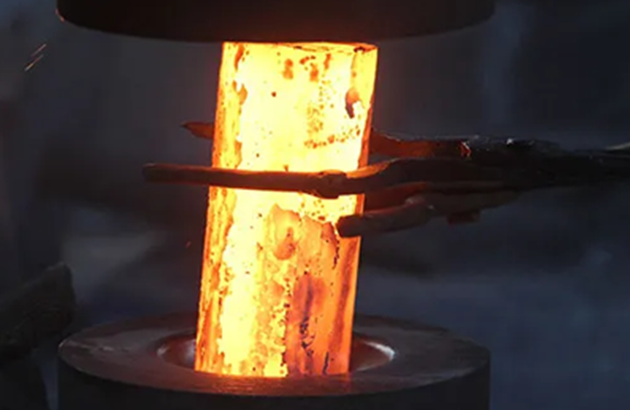






 Phone
Phone